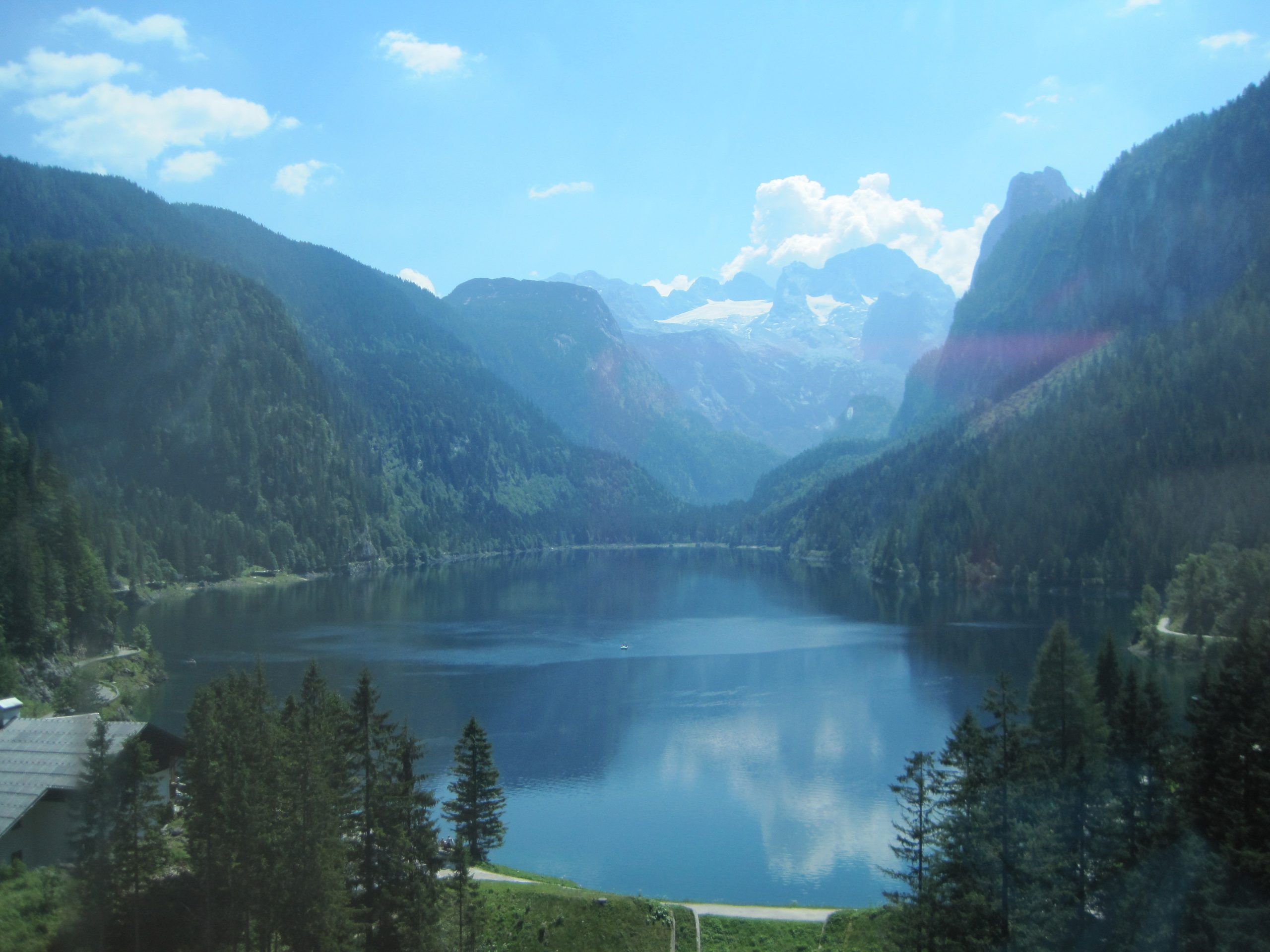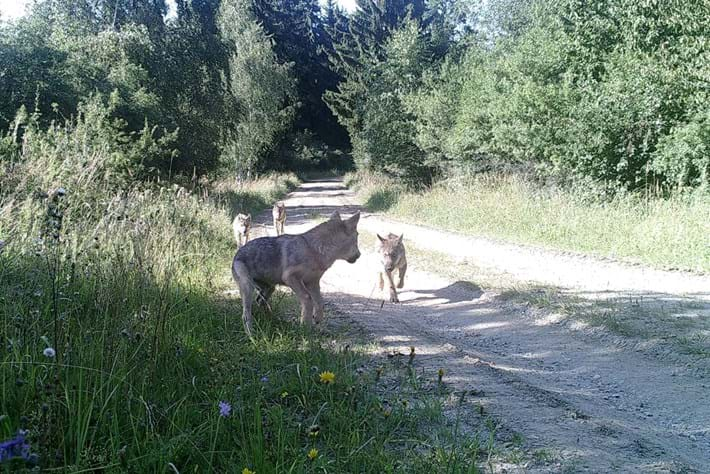The Austrian Alps
The Austrian Alps cover an area of 52,000 square km, or just over 20,000 square miles. This is about 62% of Austria. You would have thought that this would have lead to a country teeming with wildlife, and indeed it would have been naturally, however as with other European countries the big predators were exterminated.
However, with its proximity to other countries with big predators, they have returned. Currently there are areas with wolves, the second area only having only become established in 2019. Austria does have a keen hunting tradition, one of the reasons for the extinction of these animals in the first place, and as such it is important for locals to see there is money to be made by having them there.

The two Austrian wolf populations have established quite well separated areas of the country. Now it should be noted, that howling is a behavior most often undertaken to establish territory, and as such howling is likely to not be common (European wolves howl less, due to persecution by humans as well), however individual wolves also howl to establish contact with other members of their pack. One is far from the Austrian alps so is not of interest in this page. The other is dealt with below
Allensteig and surrounding area.
The first of these territories was established in 2016 and lies within the Allensteig millitary training area , an area of 157 square km, or 57 square miles. As a training area, it is off limits to the public. There are currently 2 wolf packs within this area, with a total of 20 wolves. They do roam outside the training area. As a result of the 2 packs living close together hearing howls is more likely here. Given the small number of people who can enter the area this is probably a particularly good habitat for wolves in Europe.
Click on the link below to see our page on accommodation in this area.
https://seeanimalswild.com/accommodation-near-allensteig-training-area/(opens in a new tab)

Austria near the Czech border
A small pack of 4-5 animals have established a territory along the Austrian Czech border in the last few years. Genetic analysis shows that this new pack is not related to the Allensteig wolves and therefore must have migrated from the Polish or German wolf population.
https://seeanimalswild.com/austria-accommodation-near-the-austrian-czech-border/
Watching wolves anywhere is hard, with so few this area is particularly hard. However, tourists visiting because of the wolves is highly important. If local people realize that the wolves presence is good for Austria due to increased tourism numbers they are more likely to become accepted.
There is also claimed to have been a small population of about 22 bears. There have been a variety of studies over the years, and you can find estimate far higher,. This small bear population could does have some genetic flow with the Italian and Slovenian population. The study period (early millennium) counted 28 cubs over the period it looked at, suggesting an extremely high mortality rate. There is a strong hunting history in Austria, so it is possible that some have been illegally killed. However, as with the wolves above, there are sizable populations in countries close enough for dispersing young to reach Austria. Interest in the local bears can only encourage non-lethal use of their presence (i.e. ecotourism). Unfortunately there are credible claims that the bears are fully extinct again in the Northern Limestone Alps with this formally declared in 2020. Having said that, the founding bear of this population migrated there of its own accord back in the early 1990s, before 3 others were translocated to the area. It is therefore clearly suitable, and visits asking about the bears and looking for them will always warm the locals views of these powerful animals.
There are a handful of lynx in Austria, but not in the Alpine region, as such they are beyond the scope of this page (though I hope to write a page on their home range in the near future).
Visits due to the presence of big predators, gives locals reason to protect and value the local wildlife they share their land with. Even a few visits can make an out-sized difference.
Beyond predators, there are healthy populations of chamois deer and marmots. A holiday in the Austrian Alps can give wildlife sightings, even if at the moment large predators are absent from much of the country.
Much of Austria is covered in the alps, so zoom in on the parts of the map that interest you.
